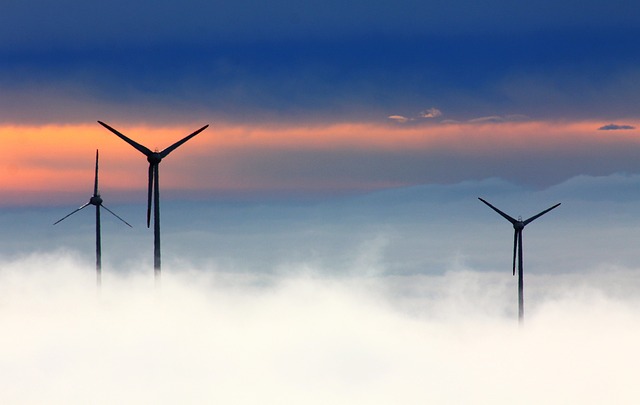Japan’s ambitious plans to build a sizable and competitive offshore wind power sector largely rely on scaling up turbines in local projects. Yet, it is the construction and installation technologies that will likely determine whether the sector succeeds, and which companies race ahead.
The logistics of assembling wind power generation components, moving them to the location of the wind farm, and then assembling facilities, can account for as much as half of total offshore wind project costs. In Japan, the numbers tend to be at the higher end of the range due to a dearth of domestic component transportation options on land and sea, as well as lagging port infrastructure. As a result, many local developers are scrambling to find ways to cut both capital, operating and future decommissioning expenses.
Japan’s obvious need to accelerate wind sector supply chain development has created opportunities for a number of European firms with tech solutions tested in their regional markets. Although Japan has exemplary logistics and transport networks for consumer retail, domestic firms have been slow to move into the offshore wind space.
By the early 2030s, Japan seeks to operate 10 GW of offshore wind capacity. For onshore wind, expectations are even higher – as much as 26 GW installed nationwide. Many of these projects are still on the design board or in early stages of development, with delivery of electricity scheduled from 2028 on out. But in terms of project management, this means solutions are needed today.

